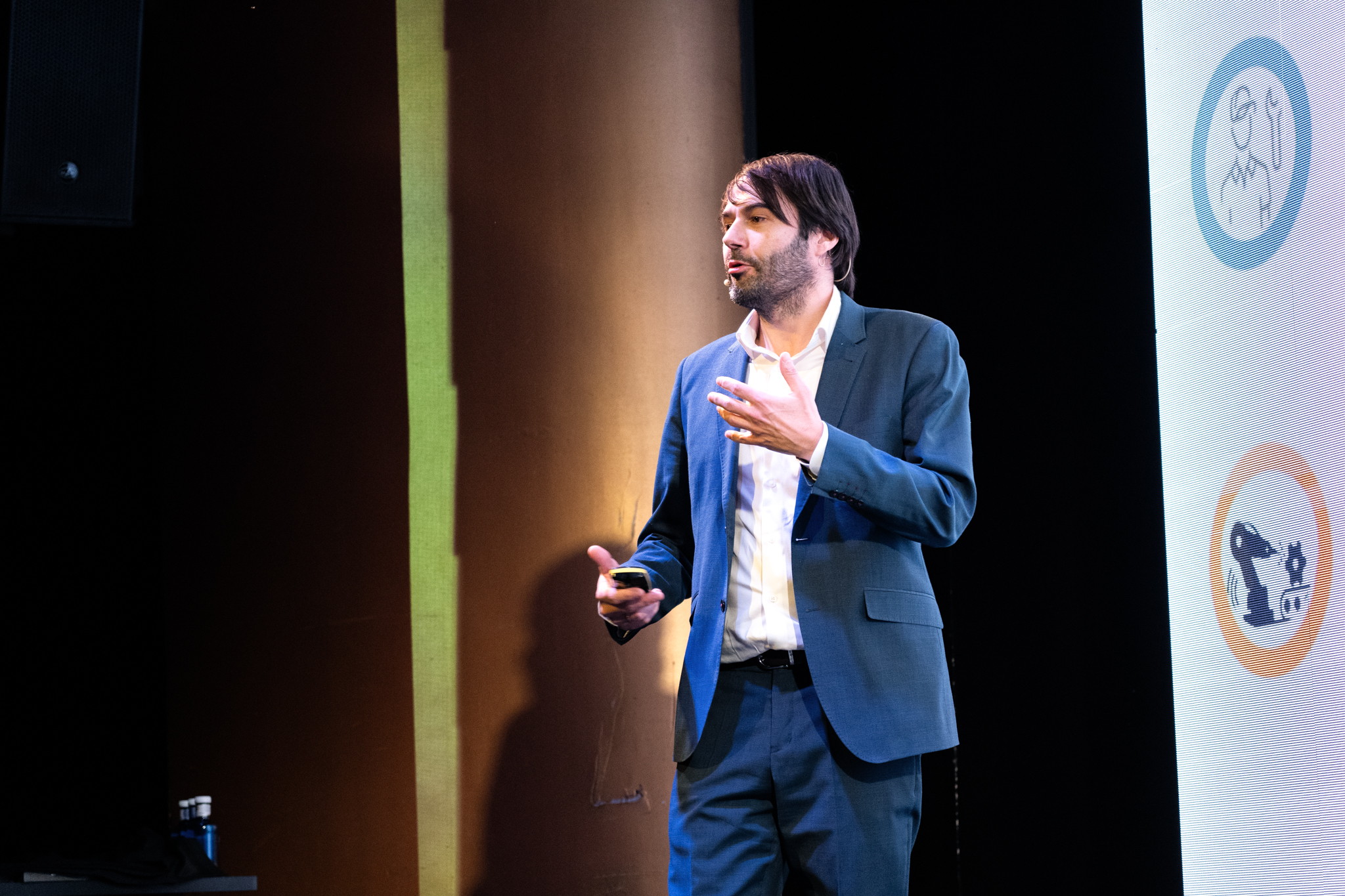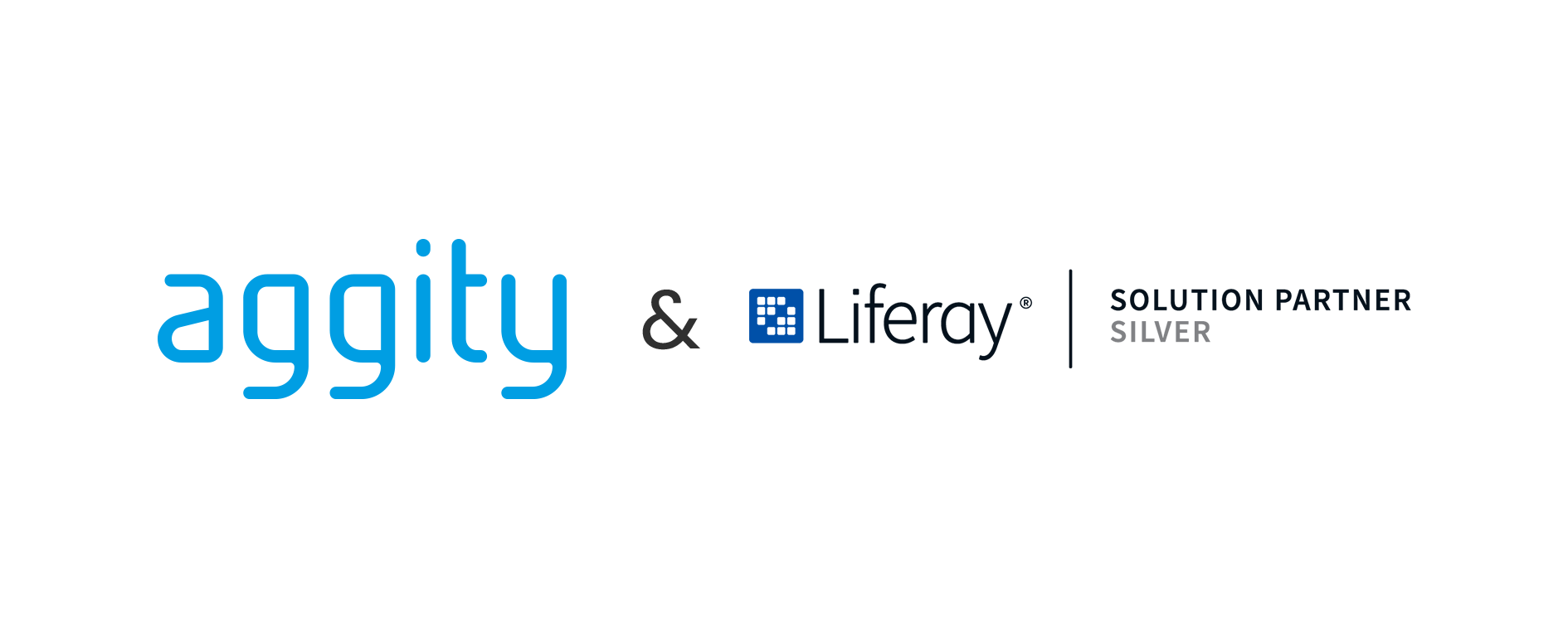Keys to a Cybersecurity Audit

A Cybersecurity Audit can keep a company’s digital assets safe. We are talking about one of the most important tools in a cybersecurity strategy as it allows to evaluate and improve the security of an organization in the digital world.
Tabla de contenidos
ToggleEvaluate and protect your company against digital threats with our Cybersecurity Audit.
aggity provides solutions tailored to the needs of cybersecurity departments, ensuring the protection and trust of the company in the digital environment. Among the entire line of solutions, its cybersecurity audit stands out, enabling organizations to be up to date in defending against cyber threats.
Thanks to it, a comprehensive vulnerability analysis of systems and processes is performed to find digital risks and to be able to execute a successful attack prevention.
What does a cybersecurity audit consist of?
There are multiple cybersecurity solutions on the market, but the establishment of an audit should be one of the basic elements for the protection of digital assets that should be incorporated in all cybersecurity strategies. cybersecurity strategies strategies.
Cybersecurity audit, integrated into the proposal Cloud & Cybersecurity by aggityis one of the safety practices and allows for systematically evaluate an organization’s entire digital infrastructureincluding its security policies, procedures and practices for the purpose of identify and mitigate security risksensuring that digital assets are protected against cyber threats. In general, a cybersecurity audit such as the one offered by aggity is based on these elements.

Vulnerability assessment
After performing an analysis of all the digital assets that make up an organization and that may be exposed to cyber-attack, the cybersecurity audit needs to focus on finding vulnerabilities. For this purpose, weaknesses that could be found in the systems, applications and networks are searched for, which will later allow security measures to be established. For this phase, vulnerability scanning tools are one of the most commonly used solutions.
Threat analysis
This is one of the key phases in any cybersecurity audit as it is focused on identifying and assessing risks that could compromise the security of digital assets. Once these threats have been detected, the impact that each of them could have on the company’s security is investigated. Thanks to threat analysis, the IT department will be able to prioritize security measures and allocate extra resources to ensure digital protection.
Review of security policies
Security policies are the foundation of an organization’s cybersecurity. This phase of the audit reviews whether the cybersecurity strategy is adequate and whether it is necessary to implement new measures or eliminate practices that have become obsolete. This revision also includes aspects such as password management, user authentication, patch management and incident response.
Penetration testing
Also known as pentesting, this is one of the essential elements in any IT security audit as it allows the resilience of the IT infrastructure to be tested by simulating cyber-attacks.

The goal of penetration testing is to provide data on security weaknesses found throughout the infrastructure, which will allow remediation measures to be taken before a cybercriminal can exploit those vulnerabilities. Tests can be internal, simulating an attack from within the organization, or external, representing external threats.
Recommendations and action plan
At the end of the audit process, all documentation generated during the process is compiled. This information is tremendously valuable to the organization as it provides detailed data on the vulnerabilities found and the risks to which the organization is exposed, and also provides recommendations and an action plan for data protection and IT infrastructure protection.
Thanks to this report, the IT department will be able to make the right decisions to improve digital protection and establish a cyber defense with guarantees. Information gathered during the cybersecurity audit should be carefully documented. Detailed reports should be generated that include findings, recommendations and an action plan. These reports are essential for decision making and continuous safety improvement.
Últimos posts

aggity strengthens its commitment to sustainability as a SILVER partner of “Fundación Empresa & Clima”.

aggity participates in the IBM Ecosystem Summit 2024 with an applied case of Generative AI in the food industry

Aggity, together with the multinational Fortinet, present an exclusive event in Lima on the application of Generative AI in Corporate Cybersecurity.

aggity participates in Smart Ports: Piers of the Future

aggity Supports the Contigo Foundation at its Annual Dinner

Challenges and Opportunities of Generative AI in Industry: Our Experience at BNEW

Official Liferay Partner in Spain





